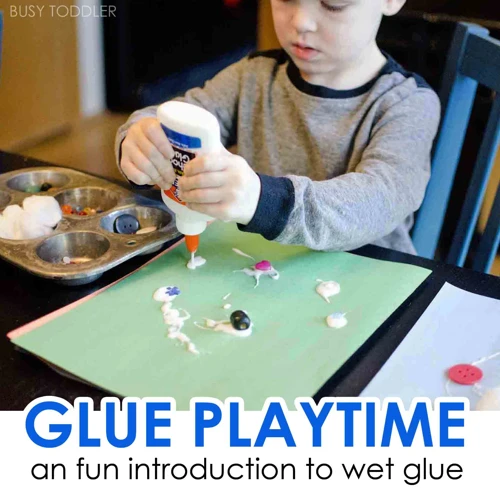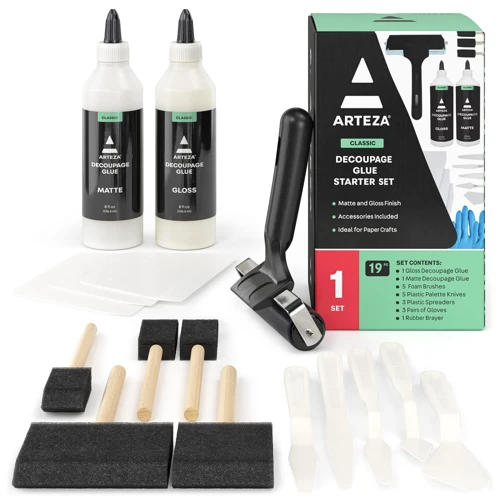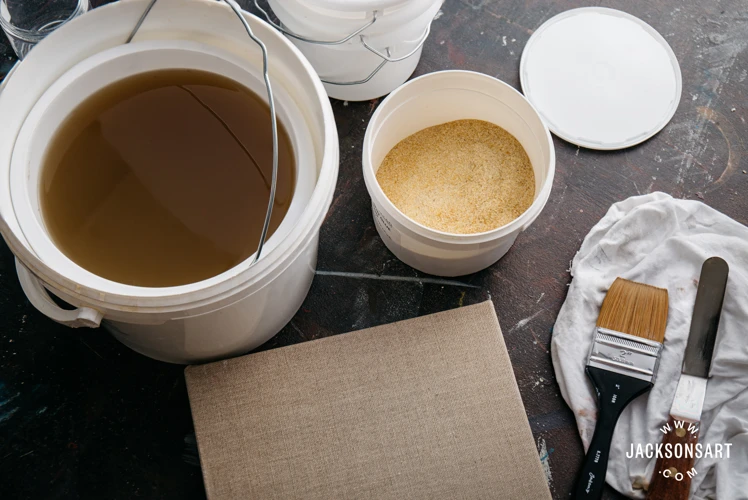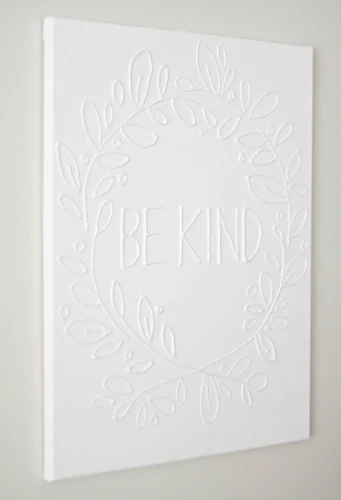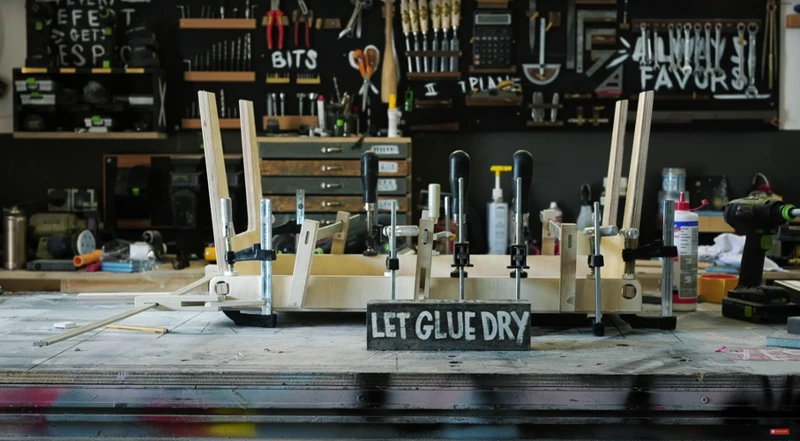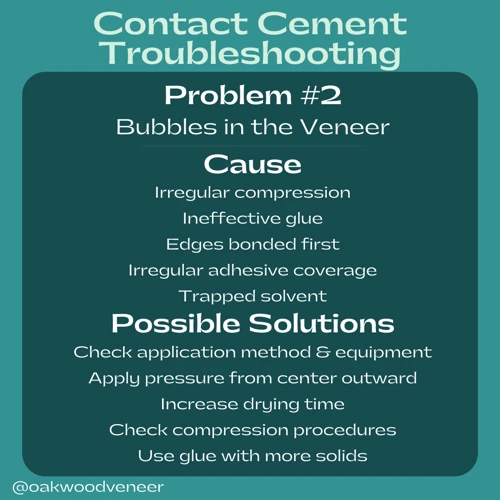Canvas, a durable fabric traditionally used by artists for painting, has found its way into various creative and practical applications. Knowing how to glue canvas can open up a host of possibilities for DIY enthusiasts and professionals alike. Whether you are looking to create multi-panel art pieces or need to repair a canvas bag, the right adhesive technique can make all the difference.
Preparation for Gluing Canvas
Before embarking on your canvas bonding journey, it’s essential to gather all necessary materials and prepare your workspace. Ensure your canvas surfaces are clean, dry, and free from dust or oils. Lay down protective sheets or newspapers to avoid accidental spills, and have clamps or heavy objects ready to apply pressure to the glued areas.
How to Glue Canvas Together
Step 1: Choosing the Best Glue for Canvas
When planning how to glue canvas to canvas, selecting a suitable adhesive is crucial. The best glue for canvas will be flexible, strong, and capable of withstanding tension without cracking. Options include fabric glue for canvas, heavy-duty craft glues, or specialized adhesives designed for canvas materials.
Step 2: Surface Preparation
To ensure a strong bond, thoroughly clean both surfaces. Any dirt or grease can weaken the connection. If the canvas is painted, lightly sanding the area can help the glue adhere better. Once cleaned, allow the surfaces to dry completely.
Step 3: Applying the Canvas Glue
Apply an even layer of canvas glue over one surface, extending slightly beyond the area that will be joined. Be careful not to over-apply, as excess adhesive may seep out and mar the canvas’s appearance.
Step 4: Pressing the Canvas Together
Carefully align the canvas pieces and press them together firmly. Use clamps, books, or weights to maintain pressure, ensuring the glue spreads evenly and the canvas doesn’t warp.
Step 5: Drying and Curing Time
Adhesive drying times can vary, so refer to your glue’s instructions for specific durations. It’s essential to allow enough time for the glue to cure fully, which may take longer than the initial drying period.
Step 6: Finishing Touches
Once the glue is dry, remove any clamps or weights gently. Check the bond and trim any excess glue with a razor blade for a clean finish. If the canvas will be painted, a light sanding can help prepare the surface.
Best Glue for Canvas to Paper
For attaching canvas to paper, you’ll want a glue that dries clear and won’t wrinkle or soak through the materials. A pH-neutral PVA glue or a spray adhesive designed for mixed media applications can be the best glue for canvas to paper, providing a secure and smooth bond.
Best Fabric Glue for Canvas
The best fabric glue for canvas needs to withstand stress and maintain flexibility. Look for waterproof, non-toxic options that offer strong adhesion without stiffening the fabric. These qualities are especially important for projects that require the canvas to remain pliable, such as for wearable art or fabric repairs.
Additional Tips for Gluing Fabric to Canvas
- Test your fabric glue on a scrap piece of canvas to check for compatibility and drying time.
- Apply glue to thinner or more porous fabrics first, as they will absorb the adhesive more readily.
- If you’re working with layers, allow each to dry before adding another.
Common Mistakes and Warnings
Avoid using too much glue, which can seep through the canvas and create a messy appearance. Be cautious when applying pressure; too much force can cause the glue to spread unevenly or the canvas to stretch. Always work in a well-ventilated area to avoid inhaling fumes, and wear gloves to protect your skin from potential irritation.
Troubleshooting Glue Issues
If you encounter issues with your bond, such as peeling or not sticking properly, consider the type of glue used and the application method. Ensure the surfaces were clean and that you allowed the glue to cure for the recommended time. If necessary, gently reapply glue to any loose edges and re-clamp.
If you’re diving into DIY projects or art and craft activities, you might encounter different materials that need to be glued together. Whether you’re working with cardboard, plaster, or canvas, knowing the right techniques and adhesives is essential. For those interested in canvas, our guide on how to glue canvas can help you secure your artwork perfectly. However, if your project includes other materials, you may want to check out our step-by-step articles on how to glue cardboard, how to glue plaster, or even how to glue carpet to make sure your creations hold up with the same strength and durability.
Conclusion
Mastering how to glue canvas together involves more than just selecting the right adhesive. It’s about understanding the materials, preparing the surfaces, and applying the correct techniques. By following these steps, artists and crafters can achieve durable and professional-looking bonds, turning their canvas projects into lasting works of art.
